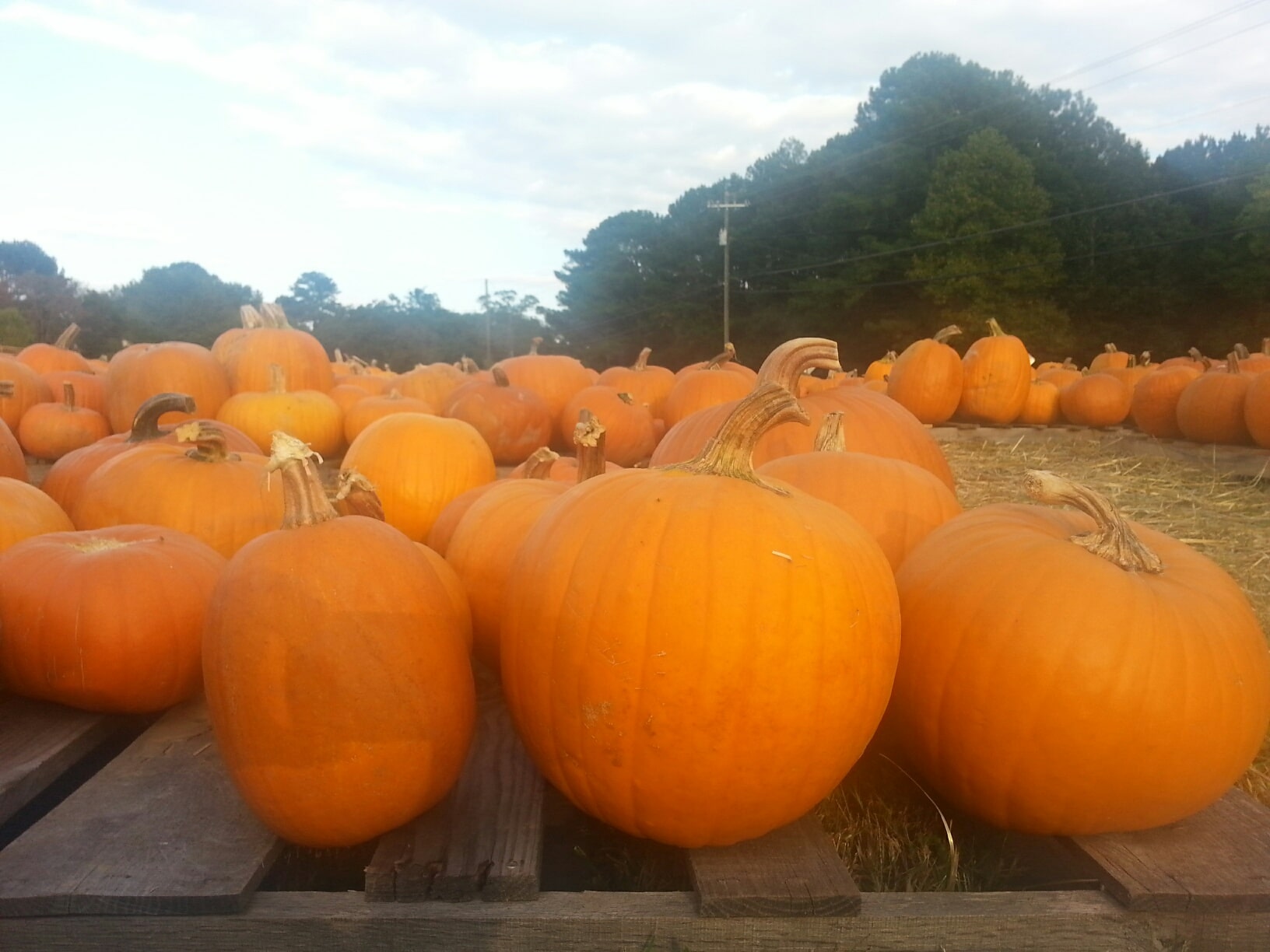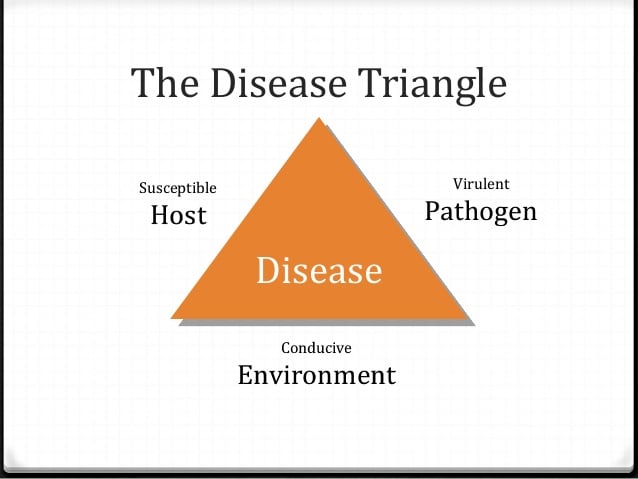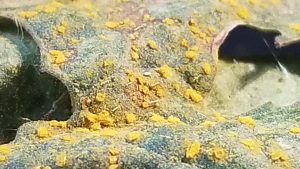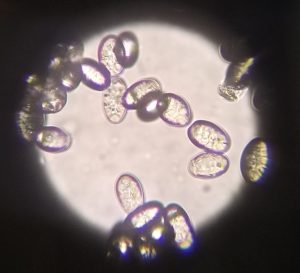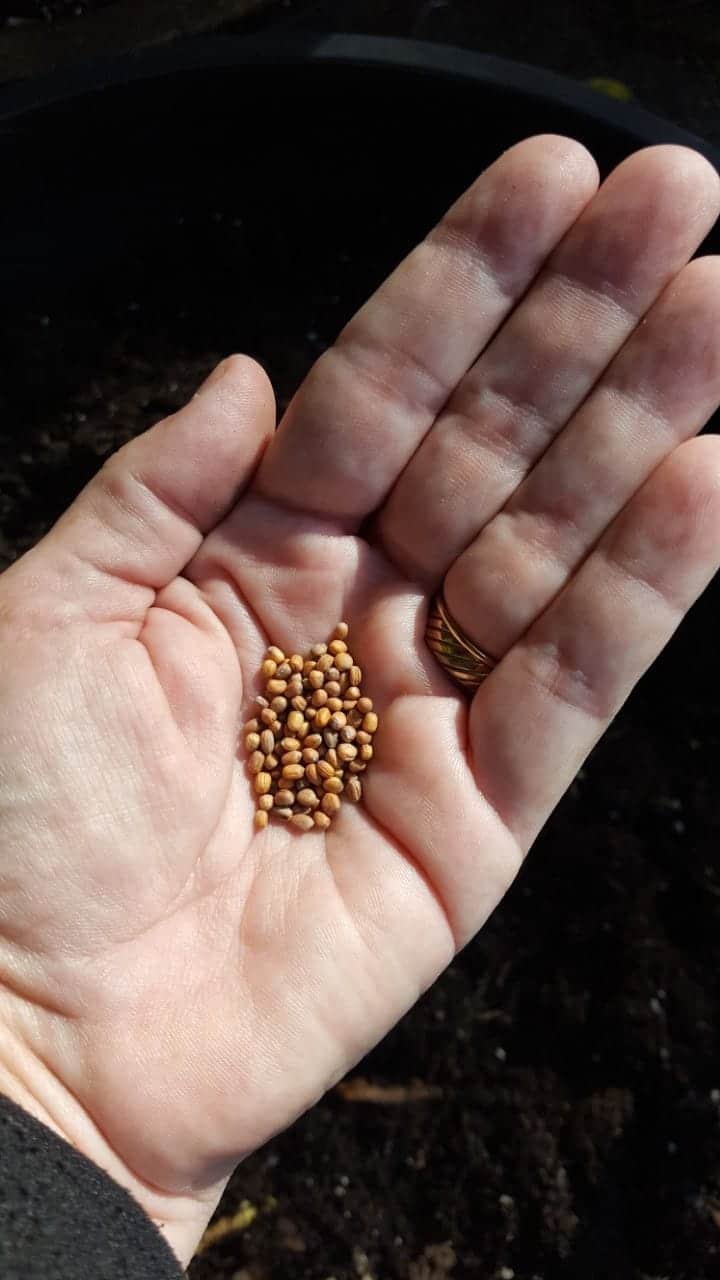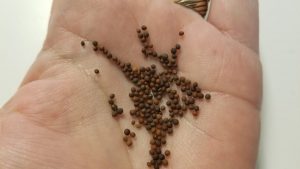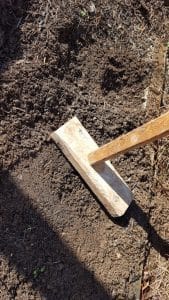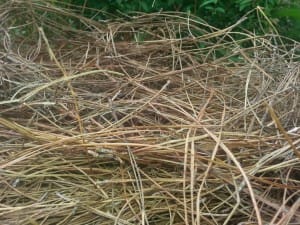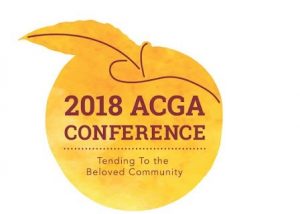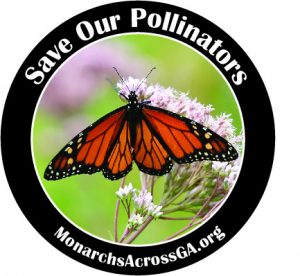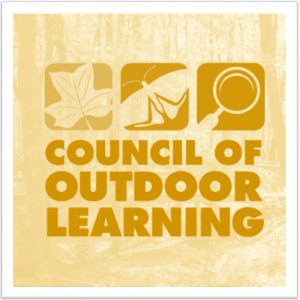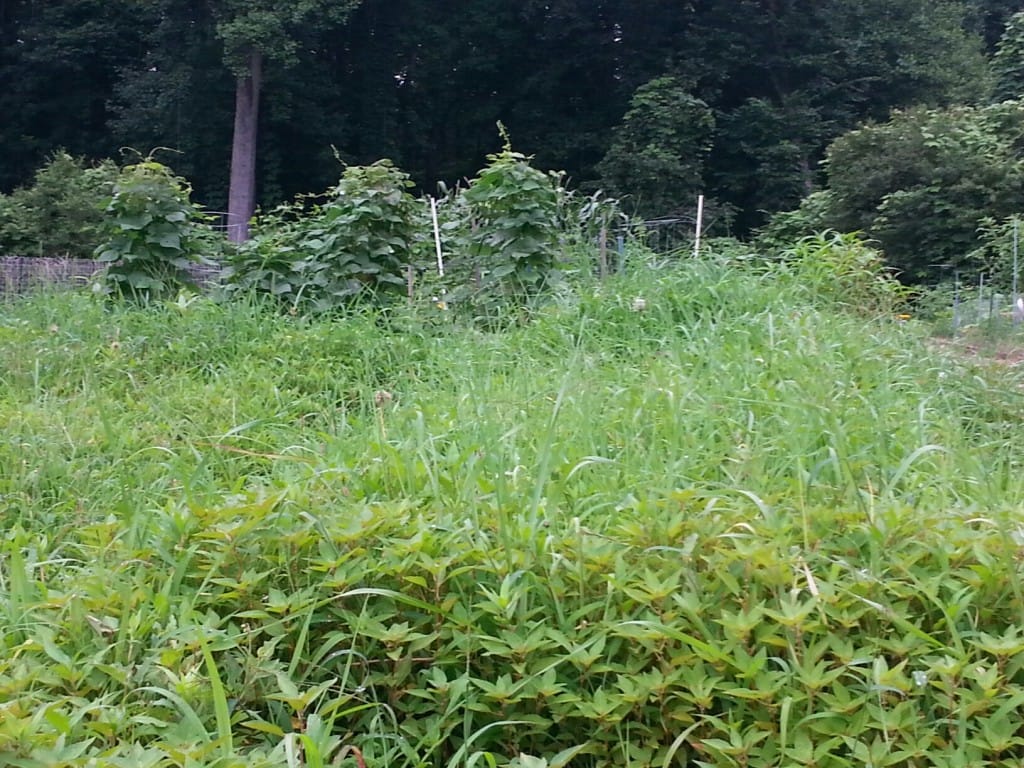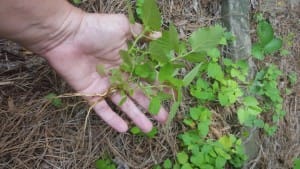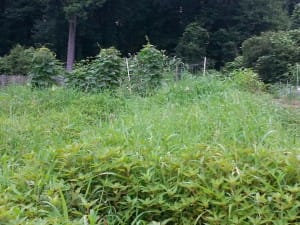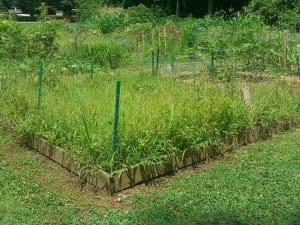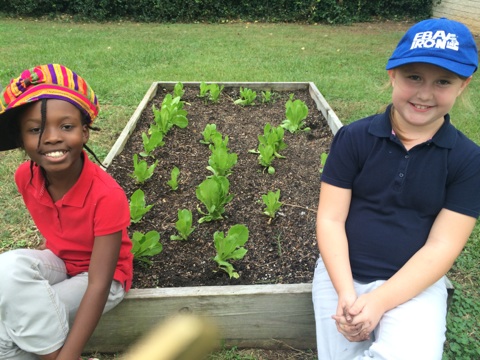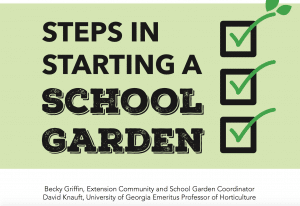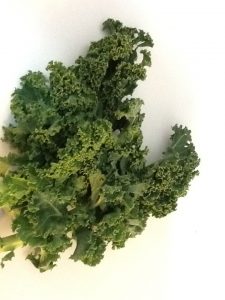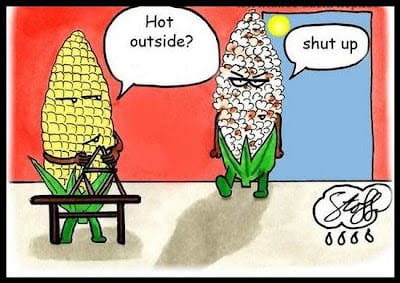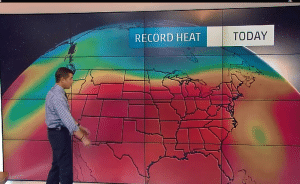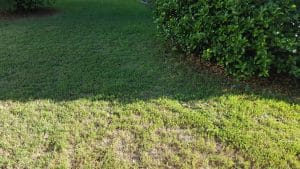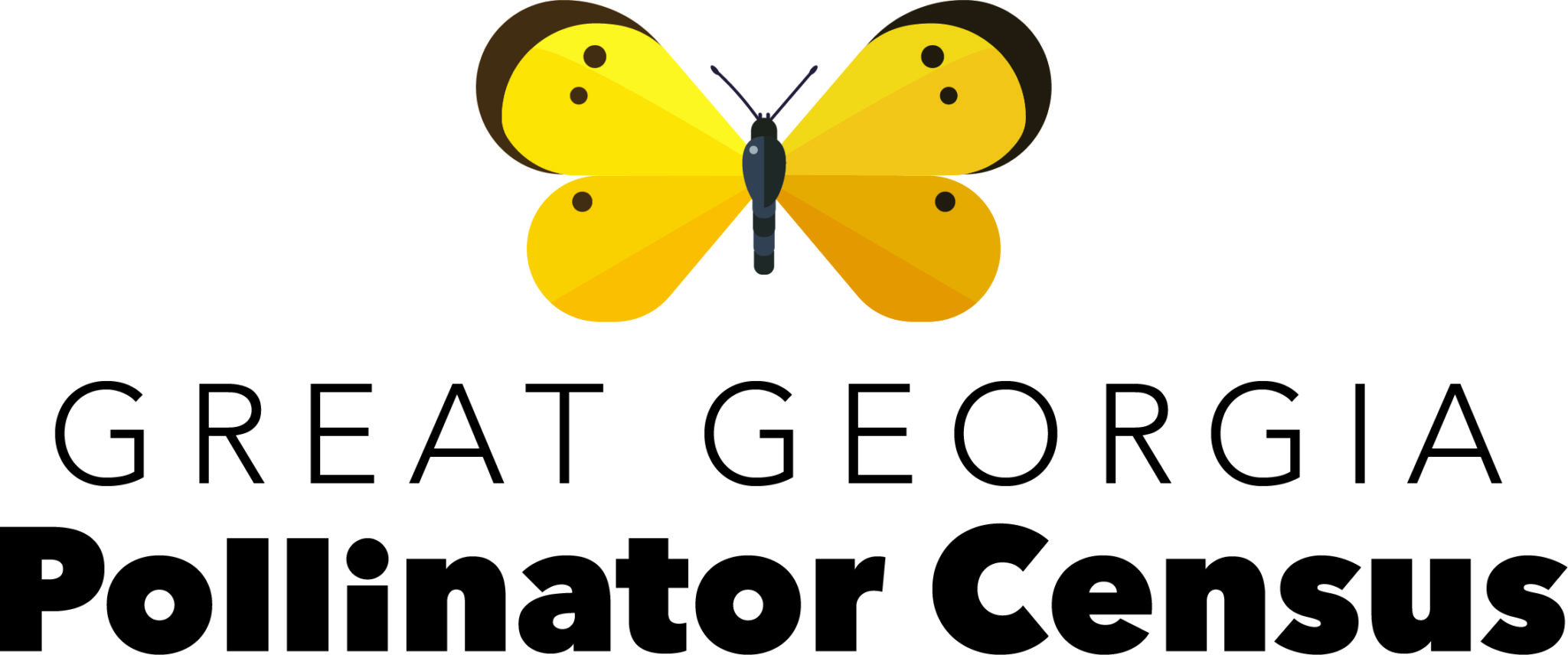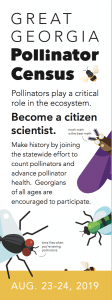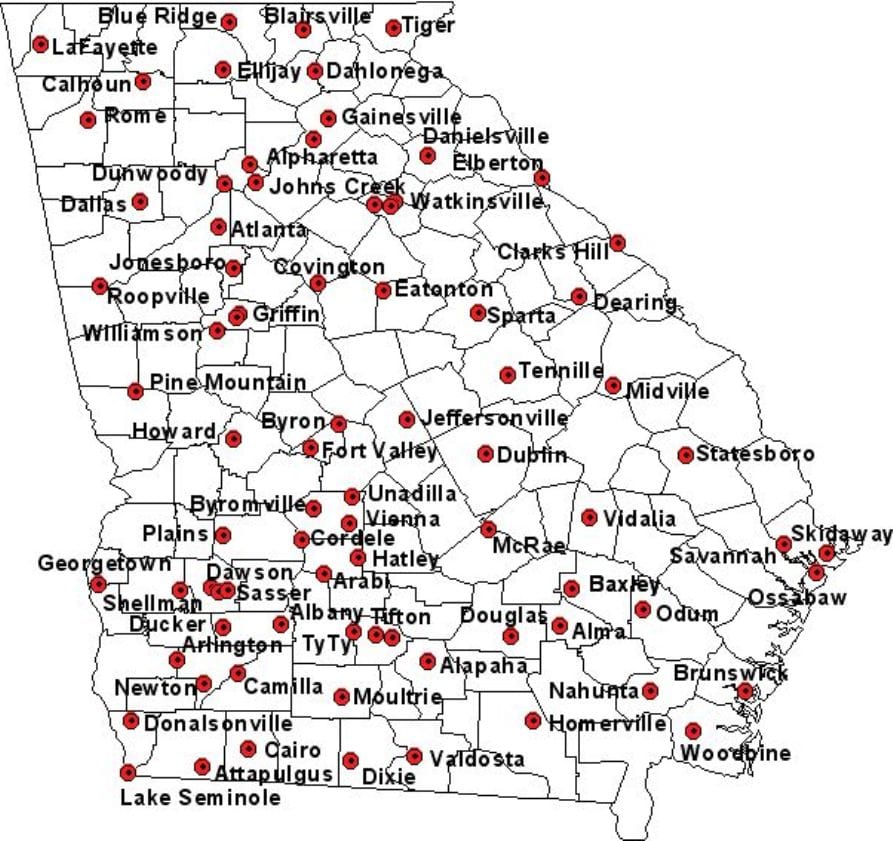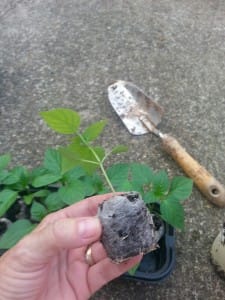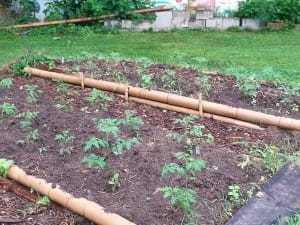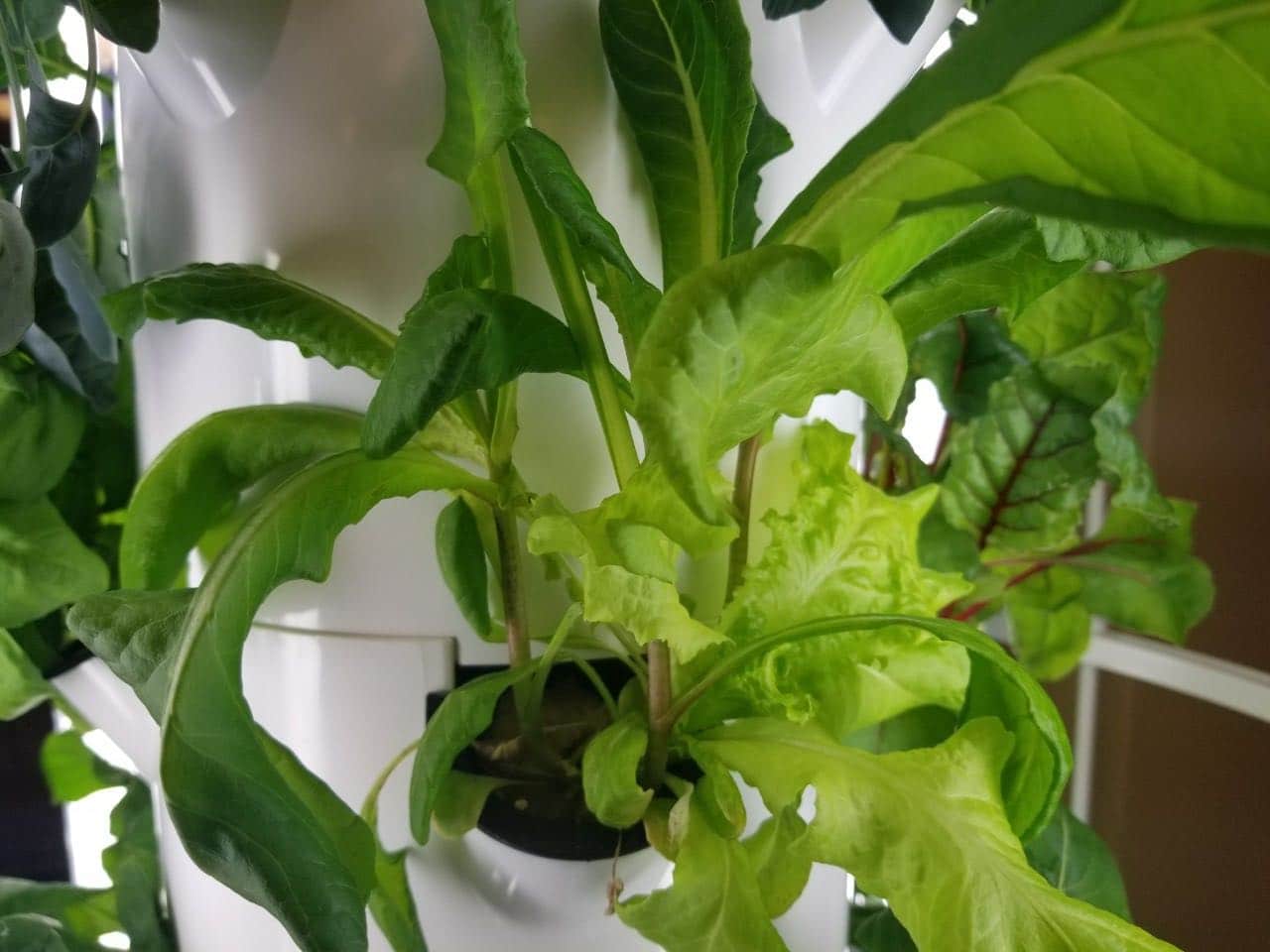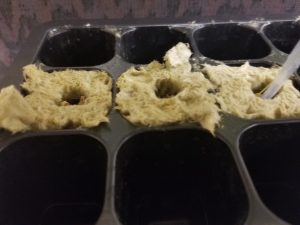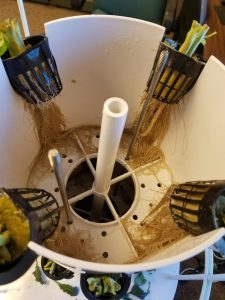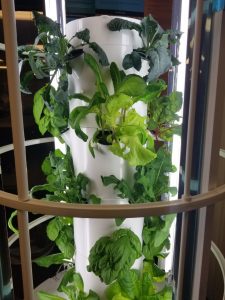October means fall festivals and seasonal events across the state of Georgia. From Blue Ridge to Savannah, from Augusta to Columbus everyone is celebrating fall. What is your community garden doing to celebrate? This time of year is perfect for emphasizing the “community” in your garden. Some suggestions:
Host scarecrows in the garden! This is done with flair at the Atlanta Botanical Garden and the Research and Education Garden in Griffin. Why not your garden? Ask local businesses, civic groups or schools to create a scarecrow to exhibit. This could be a contest where visitors vote and a local celebrity awards the prize. For a twist have the exhibitors create/decorate crow birds which can perch with a spooky flair in the garden. Craft stores sell crow bird props at low prices, easy to decorate.

Season storytelling in the garden for all ages. Enlist some garden members or community leaders to lead a spooky storytelling event in the garden. Reading an Edgar Allen Poe story or poem dressed in period costume would create excitement for sure. If your garden is large enough you could station readers around the plots.
Have a pumpkin decorating contest. Even if your garden does not grow pumpkins you could purchase some from a church pumpkin sale. Or, you could use other vegetables. Have visitors decorate a pumpkin/vegetable and take the opportunity to educate community members about growing vegetables.
Celebrate with an open house. If your community already has a scarecrow exhibit or other events simply add an open house to be part of the larger town effort. An open house does not to be much work on your gardeners and would be an excellent opportunity to let your town know about your beautiful space.
Whatever you decide to do, enjoy the fall season! You’ve earned it!
